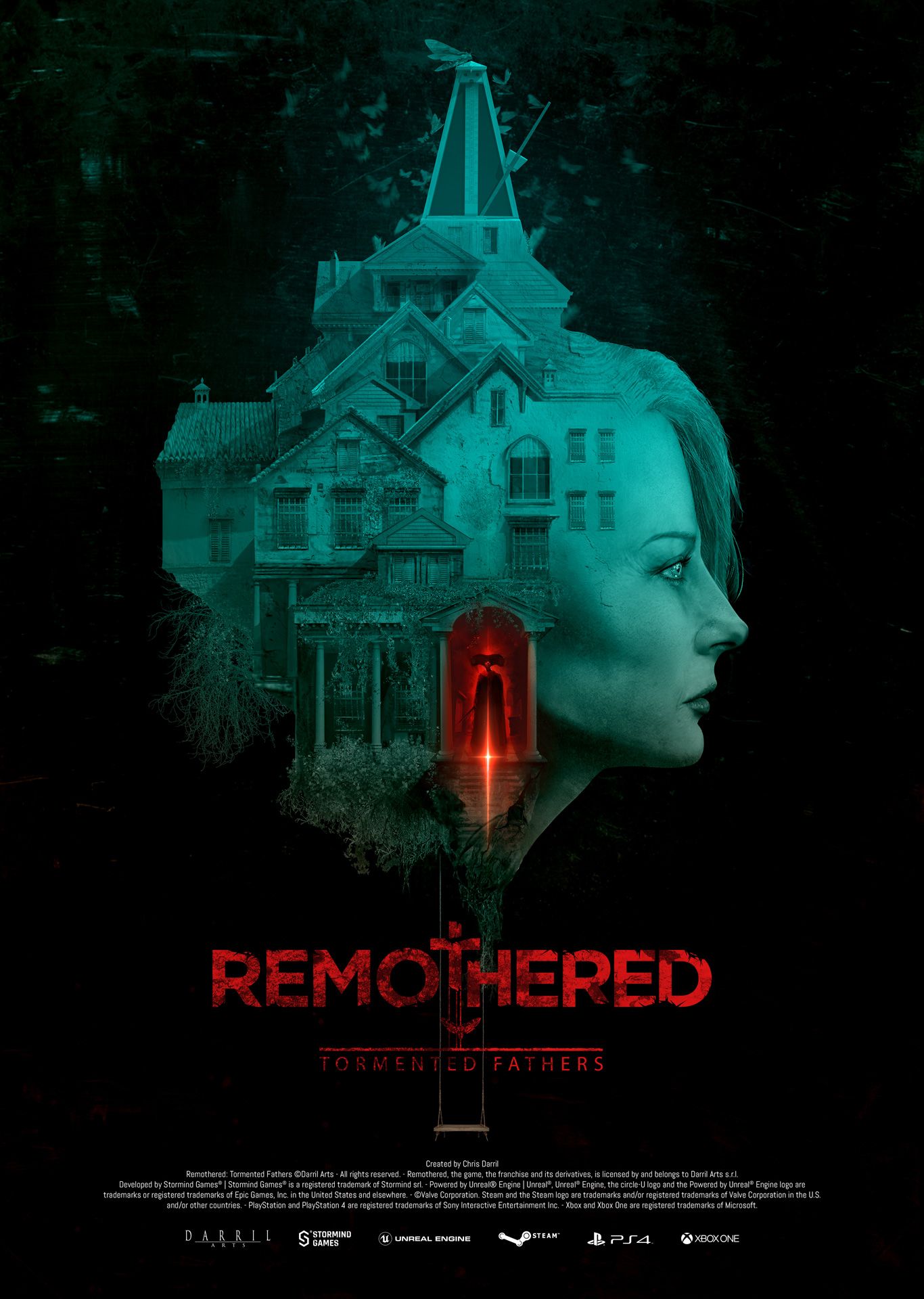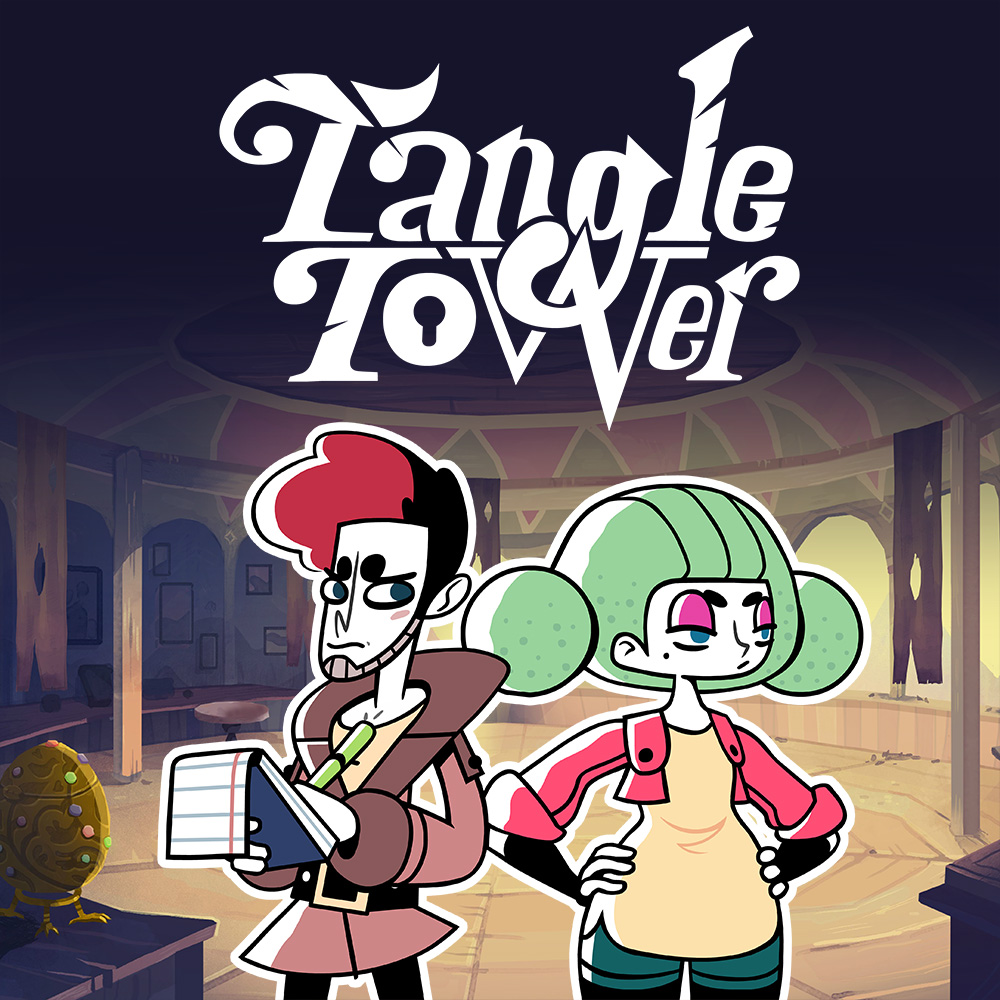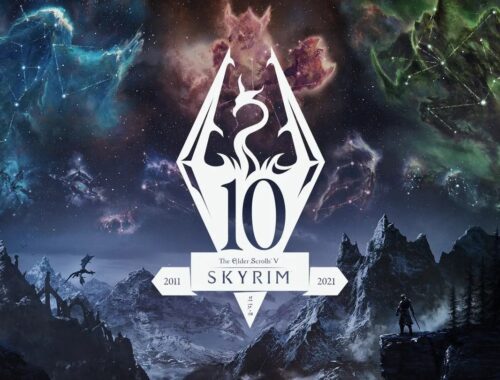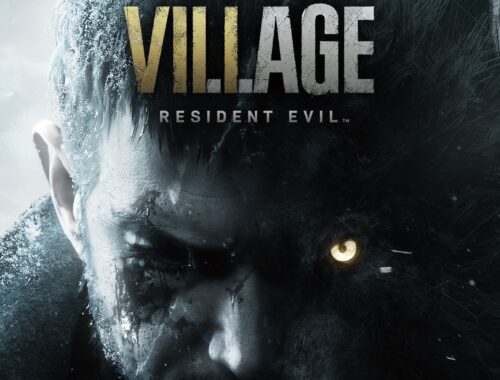Strand up and be counted – A Death Stranding feature
Marketed as a game all about connecting people, Death Stranding had ‘seemingly’ failed to deliver before even releasing to the general public. Disparaging comments reigned down on social media as the embargo lifted, with wildly differing reviews ensuring all manner of gamer was represented. One or two review outlets even refused to review Hideo Kojima’s latest venture – the less said about that the better. Whilst I had no plans to purchase Death Stranding, I was compelled to in light of all that had been said. Kojima wanted to reunite people, and I felt a duty to oblige.
What gripped me most about my early time with Death Stranding was not the incredible environment itself, nor the convoluted and oftentimes bizarre plot lines, but the asynchronous multiplayer element. Designed as a gaming world that you share with many, but physically interact with none, Death Stranding is a fascinating concept of loneliness and companionship. As I traversed mountains and luscious green plains, I was regularly reminded that I wasn’t alone: neon-lit signs of encouragement and structural designs littered the path in front of me. Most were welcome, and some essential, but nearly all served a purpose: if not for me, then at least for someone else who may tread the same ground later.
It won’t take long for anyone spending time in the UCA (United Cities of America) to realise potential pitfalls to the system that Kojima and his team have painstakingly crafted over the last 3 years. Three days in and I had already seen more signposts than I cared to read and more ladders than I knew what to do with. All too often I would appear at a crossroads, only to find that three people had been there before me and provided their own means of travel that I could use if I wished. Of course, I took advantage of their kindness and threw a few likes their way too, but it concerned me that this was just the beginning. In 6 months time, what would this world look like? Fortunately, Kojima had the answer – timefall dictates that all structures will be destroyed after a certain period of time.
A conversation with a work colleague last week prompted the thought, even before I had played Death Stranding. Well played for bringing us together Hideo Kojima! He questioned whether the game world would ever become a microcosm of society today. It was an interesting concept and one that requires further debate. In short, though, it could do just that.
In an era of online shopping, fast food on demand and dopamine fuelled gaming, the need for forward-thinking, planning and rationalisation is becoming increasingly sparse. There is already evidence to suggest that these same rules are being applied in Death Stranding. As I made my way from point A to B, I found myself happening across generator after generator, watchtower after watchtower. With little thought to it’s placement, nor it’s necessity in that vicinity, it was evident that players had adopted a ‘need it now’ philosophy.
This question prompted something else inside me, what could this world look like? With careful planning, finite structures and a collective goal, Death Stranding could become a buzzing metropolis where everything has a purpose and survival is a given. Arguably the goal of every society in the real world, it is rarely achieved in a manner that suits all. Without communication and consideration, it only takes one to determine that the world is not being designed in a manner they see fit and the whole system can collapse.
The world of Death Stranding is no different, and already it seems that there is a disconnect between how the game environment could be utilised. It is always a great moment to receive a notification that someone has used one of your items, or that you have been awarded some ‘likes’. This system alone can cause problems though. During one segment where I was crossing a chasm, there were three ropes down one side. I took the first that I came to and then had to travel a short distance to one left on the other side. I spotted an opportunity: put a rope directly opposite the first one I used in the hope that some players use it and award me likes. A nonsense suggestion, and not in keeping with my view of how the game should play out, but I had to acknowledge that the thought crossed my mind nonetheless.
Then it dawned on me. Maybe this was Kojima’s plan all along. Maybe the connections he had hoped we would build are not the ones in the game, but the ones out of it. By ridiculing my own thoughts, it led me to think about how it applies to society today.
I then chose to write this article for others to read. Well played, Hideo Kojima.
Keep an eye out for our Death Stranding review in the near future.





